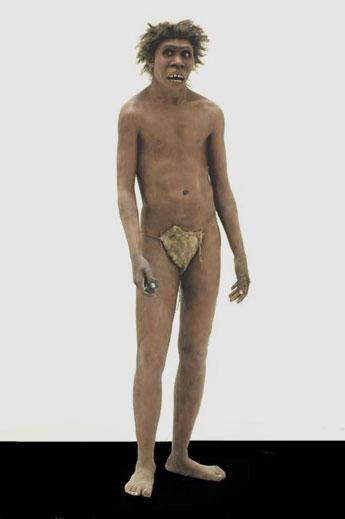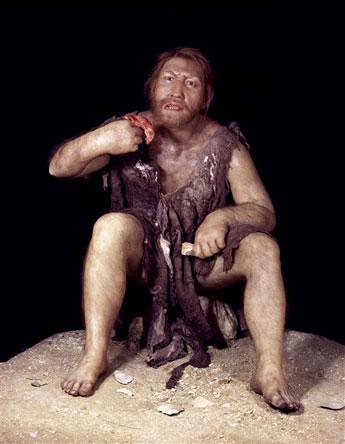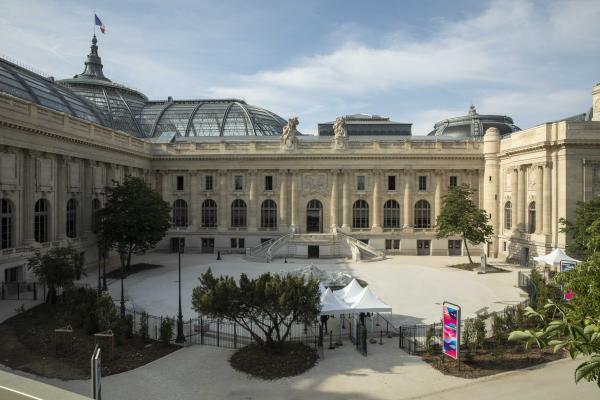Votre panier est vide
Besoin d'inspiration ?
Rendez-vous dans le programme en ligne du GrandPalais
Article -


The "hominid" family emerged around nine million years ago. It included, as it does today, four “lines”: chimpanzees, gorillas, bonobos and humans. The first members of the human line, our distant ancestors, seem to have emerged seven million years ago. What distinguished them from other apes, our cousins, and makes them similar to us, Homo sapiens sapiens , is that they were bipedal: they walked on two legs, like us. The oldest footprints date from 3.5 million years ago. They were discovered in Laetoli, Tanzania.
Toumai is currently the oldest known hominid: discovered in Chad in 2001, he lived around seven million years ago. then came Orrorin (six million years ago) discovered in Kenya in 2000 and the famous Australopithecus Lucy (around three million years ago) in Ethiopia in 1974. These hominids, along with many others, were all born in Africa, the continent on which humans originated. For this reason, we say that "Africa is the cradle of humanity”. The world of hominids is varied and complex. It includes Australopitheci, the Homo ergaster, erectus, sapiens neandertalensis and sapiens sapiens to name but a few. The links between them are still difficult to prove. Over time, some would die out, others evolve and move about according to their food needs, the climate and their curiosity. For the last 12,000 years, Homo sapiens sapiens is the only survivor. He inhabits our entire planet.

Votre panier est vide
Besoin d'inspiration ?
Rendez-vous dans le programme en ligne du GrandPalais
See content : Plan your family trip to the Grand Palais

Article -
This autumn, there's no need to choose between art, games and discovery: the Grand Palais brings it all together in one place. So get your curious, dreamy, playful selves ready... and set a course for a great family vacation in the heart of Paris! Here's a sneak preview of what's in store.
See content : New season, new exhibitions: tickets now on sale

Article -
Ticketing for our upcoming exhibitions is now open!
See content : What can families do at the Grand Palais right now?

Article -
This autumn, there's no need to choose between art, science and discovery: the Grand Palais brings them all together for you. So get your curious, your dreamers, your players ready... and discover the program for the coming weeks!